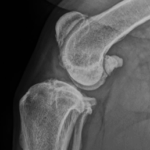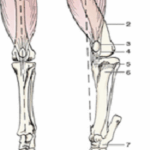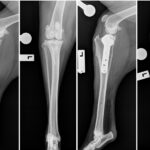We have been made aware that a new strain of calicivirus (viral haemorrhagic disease) will be released early next month.
This is a potentially deadly disease, so it is critically important that you act now to protect your rabbit.
This is the current advice for protecting your pet rabbit from the NSW Department of Primary Industries:
Rabbit haemorrhagic disease virus 1 K5 release
Rabbit haemorrhagic disease virus (RHDV) 1 K5 will be released nationally in the first week of March 2017. This virus is being released as a biocontrol measure to manage wild European rabbits. RHDV1 K5 is not a new virus; it is a Korean variant of the existing virus already widespread in Australia that was released in 1996. RHDV1s, including RHDV1 K5 are strongly species specific viruses, affecting only lagomorphs, and in particular the European rabbit. They are not known to cause disease in any other Australian animal species.
Vaccination of pet and breeding rabbits against RHDV1
The RHDV1 vaccine (Cylap®) has been shown to be effective against RHDV1 K5. A study completed by the NSW Department of Primary Industries compared the mortality of a small number of vaccinated and unvaccinated rabbits that were subsequently infected with a high dose of RHDV1 K5. All of the rabbits vaccinated with the currently available vaccine survived the infection with RHDV1 K5 and did not show any clinical signs; none of the unvaccinated rabbits survived.
It is recommended all healthy domestic rabbits are vaccinated against RHVD1.
The Australian Veterinary Association recommends that rabbits are vaccinated against RHDV1 as follows:
• Kittens: 4, 8, 12 weeks of age, then 6 monthly for life.
• Adults: 2 vaccinations 1 month apart, then 6 monthly for life.
This protocol is off-label. Cylap® is not registered for 6 monthly use.
Biosecurity measures
• Prevent direct and indirect contact between domestic and wild rabbits.
• Avoid cutting grass and feeding it to rabbits if there is the risk of contamination from wild rabbits.
• Wash hands, with warm soapy water between handling rabbits.
• Good insect control is also important and will help reduce the risks of introduction of both RHDV and myxomatosis. Insect control could include insect proofing the hutch or keeping the rabbits indoors.
• Infected rabbits should be isolated and disposed of in a manner that will minimise environmental contamination.
• All cages and equipment should be thoroughly cleaned and disinfected. Disinfectants that can be used to decontaminate any equipment include 10 % bleach, 10 % sodium hydroxide,
or parvocide disinfectants. If using disinfectants material safety data sheets must be available
and consulted, prior to use. Autoclaving will also kill the virus.
Clinical signs of RHDV1 K5
In most adult rabbits the disease progresses rapidly from fever and lethargy to sudden death within 48-72 hours of infection. The incubation period for the RHDV is between one to three days. Most rabbits will show no signs of external symptoms of RHD but may have signs of haemorrhage on post mortem.
The disease causes acute liver damage with resultant blood clotting abnormalities. Death occurs due to obstruction of blood supply in vital organs and/or internal haemorrhages. RHD has a mortality rate of 70 to 90% in susceptible rabbits.



